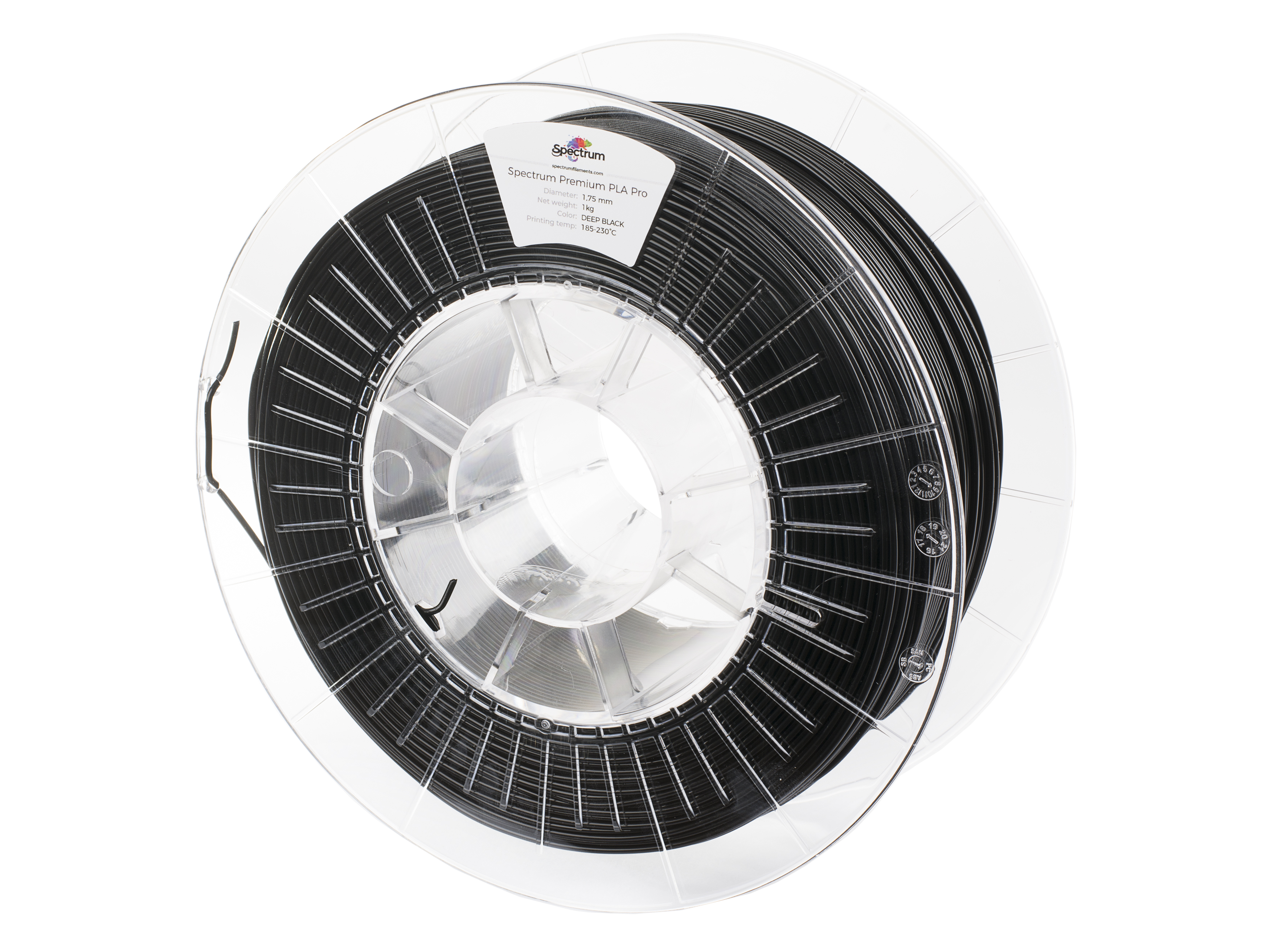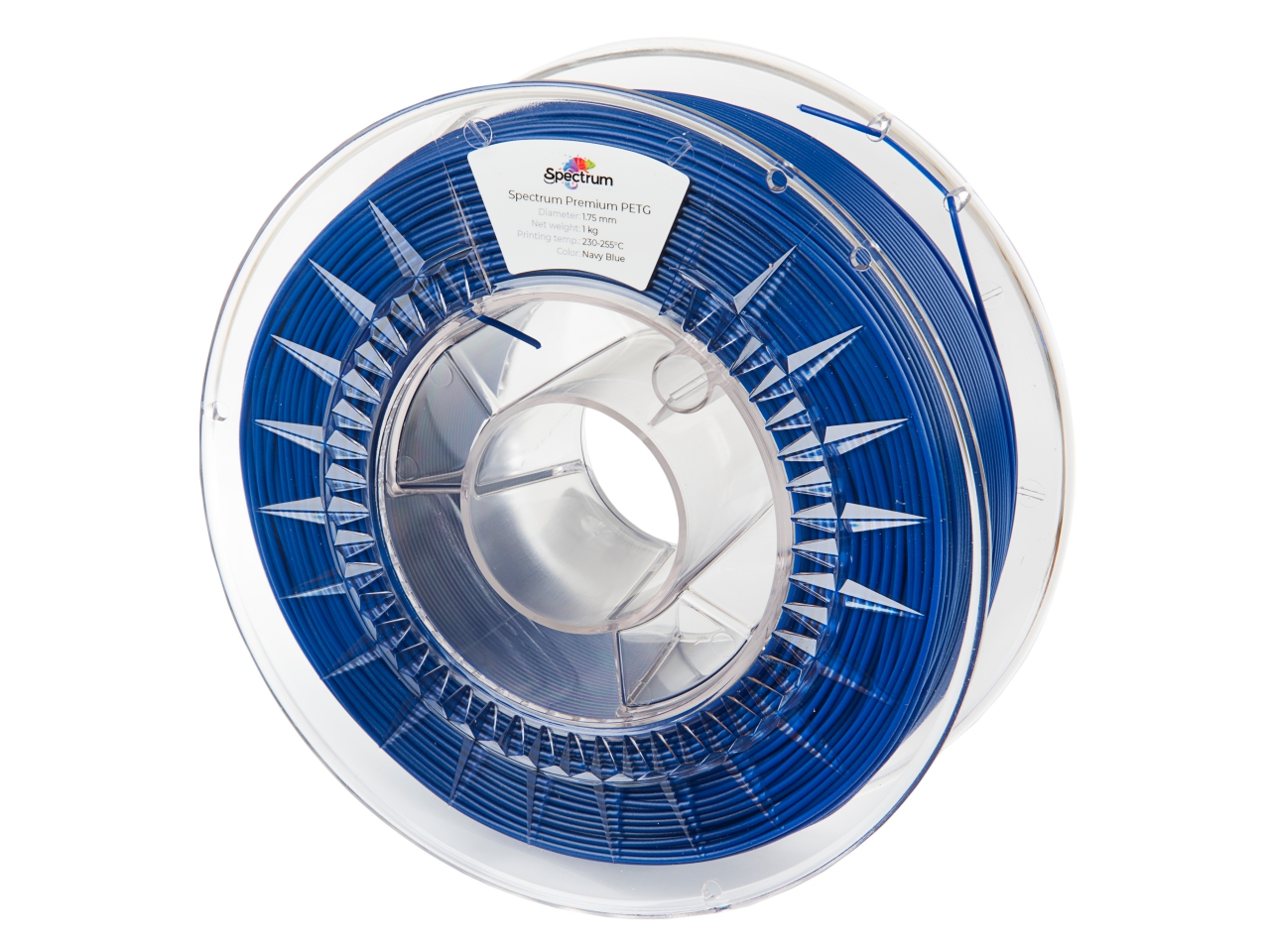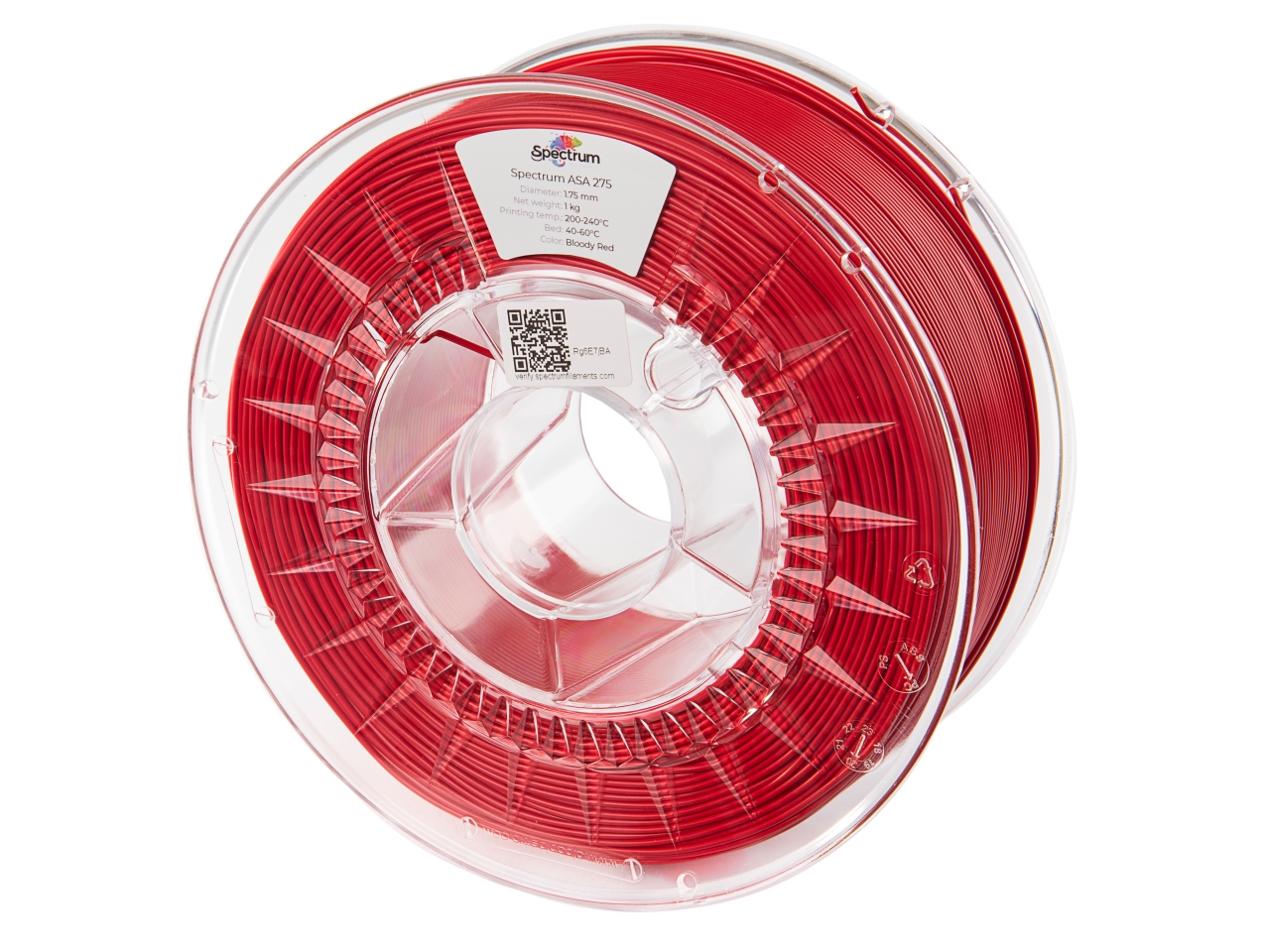PLA, PET-G, ASA – what’s the difference and which one to choose?
PLA, PET-G, ASA – What’s the Difference and Which One to Choose?
3D Printing offers a wide range of filament choices, each tailored to specific needs. Among the most popular are PLA (Polylactic Acid), PET-G (Polyethylene Terephthalate Glycol), and ASA (Acrylonitrile Styrene Acrylate). While all three are thermoplastics that melt and solidify during printing, their performance, durability, and ease of printing differ greatly.
Choosing the right one depends on what you value most: ease of use, mechanical strength, or outdoor durability. This article explores each filament in depth, compares their properties, and provides guidance on when to use them.

PLA (Polylactic Acid)
Overview
PLA is the gateway filament for most people entering 3D printing. Derived from renewable sources like corn starch, it is eco-friendly compared to petroleum-based plastics. Its low melting temperature, ease of printing, and low cost make it the most accessible option. It also comes with different variants, such as PLA High Speed, PLA High Temp, PLA Silk, PLA Pastello, PLA Premium, PLA PRO, etc.
Printing Requirements
- Nozzle Temperature: 190–220 °C
- Bed Temperature: 0–60 °C (heated bed optional but recommended)
- Cooling: Strong part cooling fan is ideal
- Printer Setup: Open-frame printers can handle PLA easily
- Mechanical & Thermal Properties
- Strength: Rigid, with decent tensile strength
- Flexibility: Low (brittle under stress)
- Heat Resistance: Up to ~60 °C before deforming
- Durability: Poor against UV and weather exposure
Pros
- Beginner-friendly with minimal warping
- High-quality surface finish and fine details
- Wide availability and low cost
- Environmentally friendlier than other plastics
Cons
- Brittle and less impact-resistant
- Deforms under moderate heat (hot car interiors can ruin PLA prints)
- Not suitable for outdoor use
Real-World Applications
- Prototyping: Designers use PLA for concept models before moving to stronger materials.
- Education: Safe for classroom demonstrations due to its ease of use and low odor.
- Cosplay & Props: Ideal for decorative items that need sharp detail but don’t require mechanical strength.

PET-G (Polyethylene Terephthalate Glycol)
Overview
PET-G is considered the workhorse filament of 3D printing. It bridges the gap between PLA’s ease of use and ASA’s durability. It offers greater toughness, flexibility, and chemical resistance than PLA while being easier to print than ABS/ASA.
Printing Requirements
- Nozzle Temperature: 220–250 °C
- Bed Temperature: 70–90 °C
- Cooling: Moderate cooling fan (not as much as PLA)
- Printer Setup: Works on most open printers, but retraction settings must be tuned to reduce stringing
Mechanical & Thermal Properties
- Strength: High tensile and impact resistance
- Flexibility: Medium (can bend slightly before breaking)
- Heat Resistance: Up to ~80 °C
- Durability: Decent UV resistance, though not as good as ASA
Pros
- Stronger and more impact-resistant than PLA
- Resistant to many chemicals and solvents
- Less brittle, better suited for functional parts
- Food-safe in some certified brands
Cons
- More difficult to tune (stringing and oozing issues)
- Slightly softer surface than PLA (scratches more easily)
- Hygroscopic—absorbs moisture from the air, leading to bubbles and weak prints if not dried
Real-World Applications
- Mechanical Parts: Gears, brackets, and enclosures that need toughness.
- Containers: Bottles, kitchen tools, or storage boxes (if using food-safe PET-G).
- Semi-Outdoor Use: Garden tools, drone parts, or items that see some sun but don’t need long-term UV resistance.

ASA (Acrylonitrile Styrene Acrylate)
Overview
ASA is known as the outdoor champion of 3D printing materials. Similar to ABS but with UV resistance, it is tough, durable, and capable of withstanding harsh environments. It’s the preferred choice for industries like automotive and construction.
Printing Requirements
- Nozzle Temperature: 240–270 °C
- Bed Temperature: 90–110 °C
- Cooling: Minimal or no cooling to prevent cracking
- Printer Setup: Works best in an enclosed or heated chamber to reduce warping
Mechanical & Thermal Properties
- Strength: High, suitable for demanding parts
- Flexibility: Medium, similar to PET-G
- Heat Resistance: Up to ~95 °C
- Durability: Excellent UV and weather resistance; can endure long-term outdoor exposure
Pros
- Withstands sunlight and weather without degrading
- Strong and durable (on par with ABS)
- High heat resistance compared to PLA and PET-G
- Ideal for functional, professional-grade prints
Cons
- Requires an enclosure and higher temperatures to avoid warping
- Releases noticeable fumes—ventilation is a must
- More expensive than PLA and PET-G
Real-World Applications
- Automotive Parts: Trim pieces, housings, and mounts exposed to sun and heat.
- Outdoor Equipment: Garden fixtures, signage, and housings for electronics.
- Industrial Uses: Strong prototypes and functional components for long-term use.
Recommended Print Settings Table
|
Material |
Nozzle Temp |
Bed Temp |
Cooling |
Enclosure |
Print Speed |
Notes |
| PLA | 190-220 °C | 0-60 °C | High (100%) | Not Required | 60-250 mm/s | Very forgiving, ideal for beginners |
| PET-G | 220-250 °C | 70-90 °C | Medium (30-50%) | Optional | 60-200 mm/s | Tune retraction to avoid stringing; keep filament dry |
| ASA | 240-270 °C | 80-100 °C | Low (10%) or Off | Recommended | 40-100 mm/s | Requires ventilation, more advanced compared to PLA and PET-G |
Direct Comparison
| Property | PLA | PET-G | ASA |
| Ease of Printing | ★★★★★ (Very Easy) | ★★★★☆ (Moderate) | ★★★☆☆ (Advanced) |
| Strength | Medium | High | High |
| Flexibility | Low | Medium | Medium |
| Heat Resistance | ~60 °C | ~80 °C | ~95 °C |
| UV Resistance | Poor | Fair | Excellent |
| Best Use | Prototypes, Models | Functional Parts | Outdoor/Automotive |
Case Study Scenarios
- You’re printing a cosplay prop for a convention → PLA is the easiest, cheapest, and gives the best surface finish.
- You need a drone camera mount that absorbs vibrations → PET-G offers toughness, slight flexibility, and resistance to cracking.
- You’re designing a mailbox sign that must last in the sun → ASA is the best choice, as PLA would warp and PET-G would discolor over time.
- You’re making spare car clips or dashboard holders → ASA withstands heat inside a car, where PLA would deform.
Final Thoughts
- If you’re new to 3D printing, start with PLA. It’s cheap, reliable, and hassle-free.
- If you’re printing functional parts that need toughness and chemical resistance, go with PET-G.
- If your design must endure sun, rain, and heat long-term, invest in ASA, but prepare for more printing challenges.
In short:
- PLA = Simplicity & Aesthetics
- PET-G = Strength & Versatility
- ASA = Outdoor & Industrial Durability